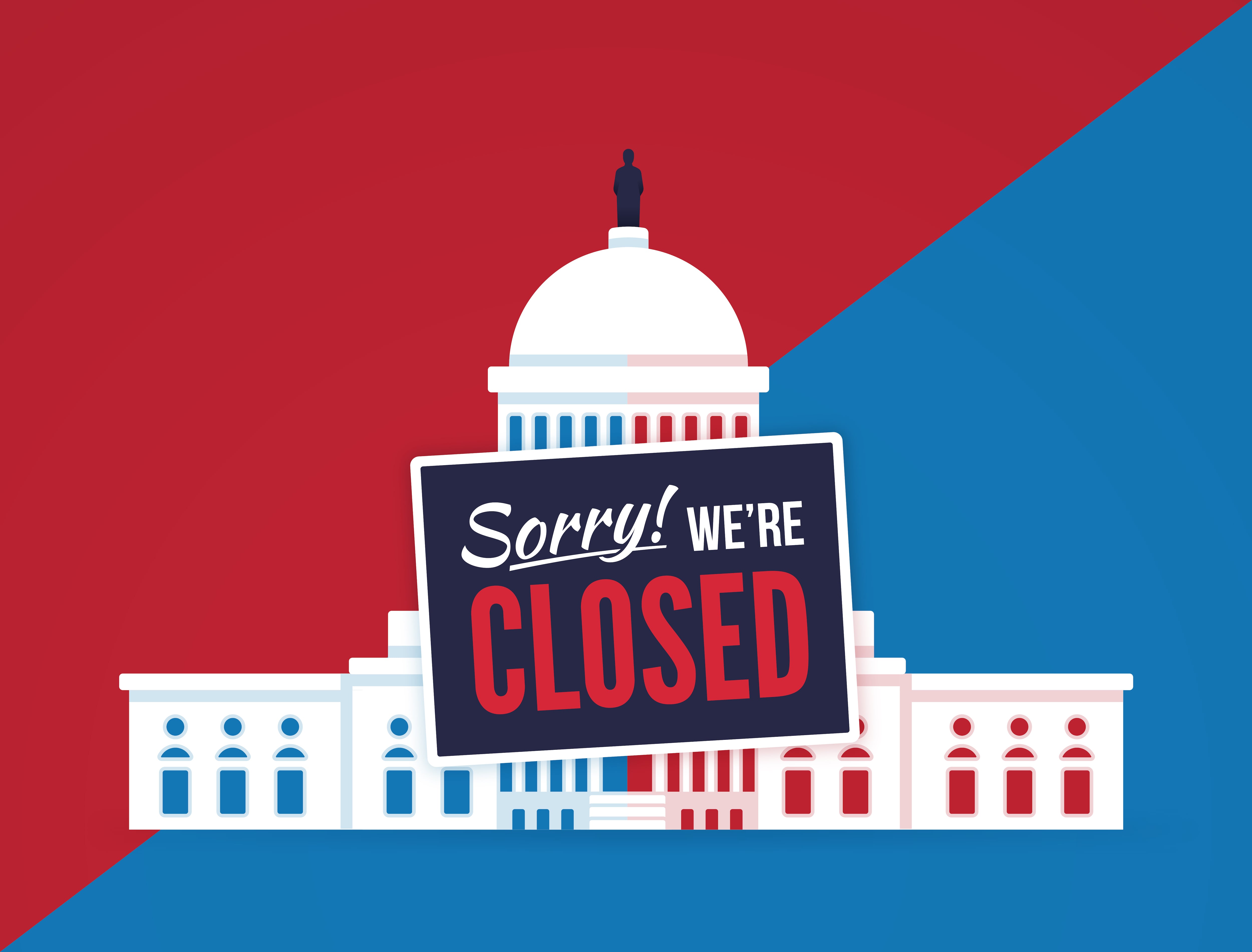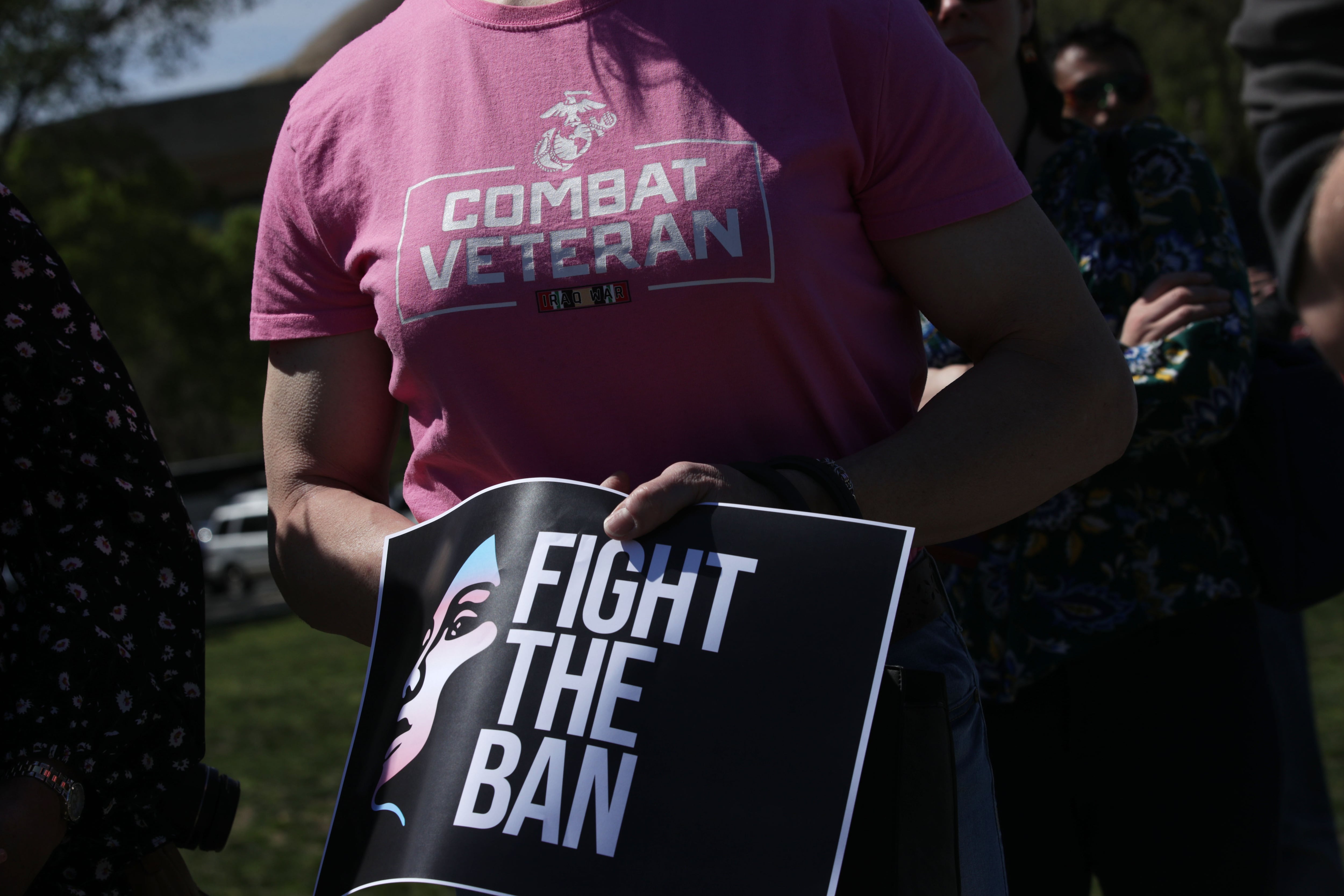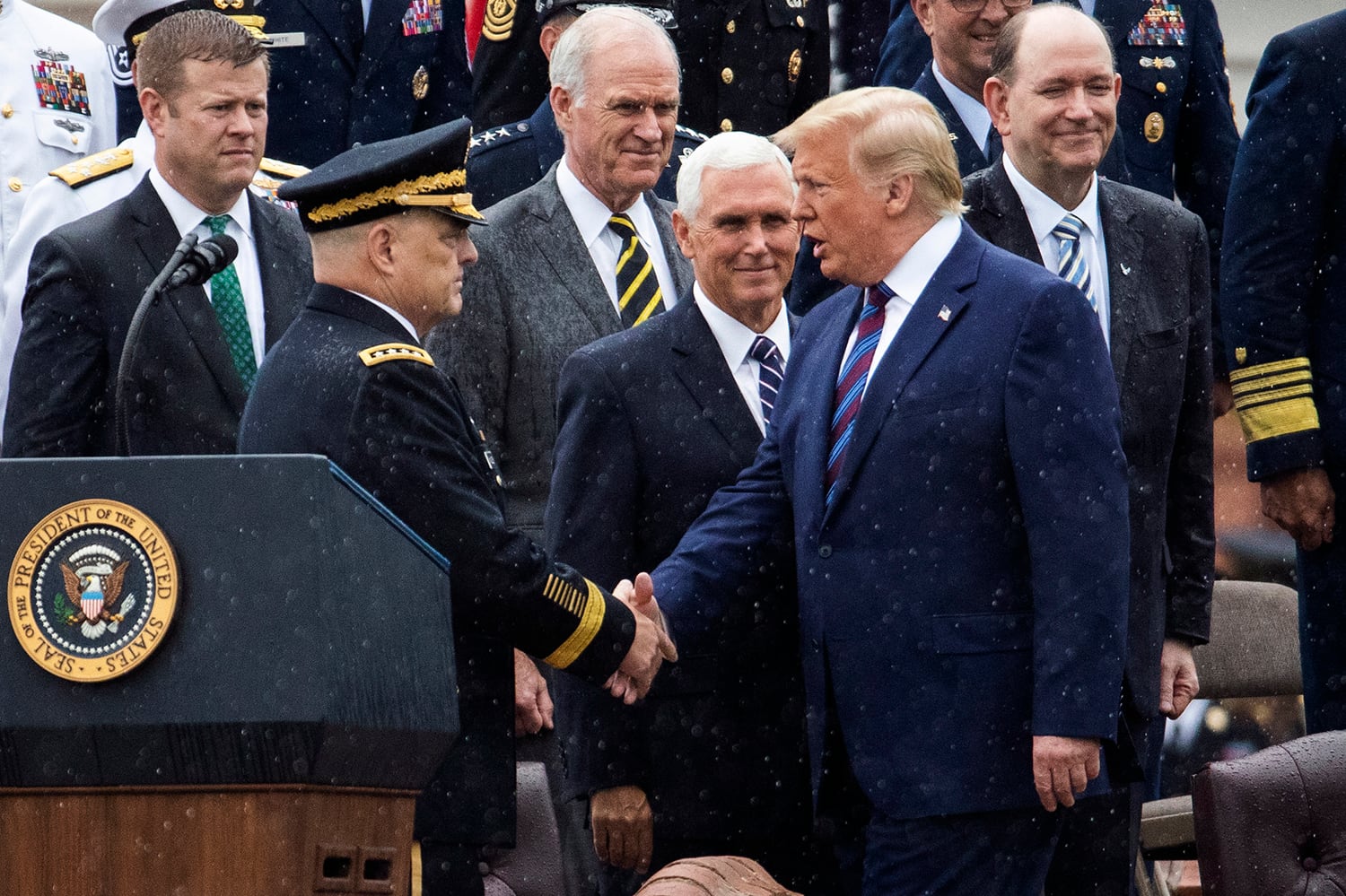Note: This story has been updated on Nov. 7 to reflect new information about budget negotiations.
It’s the question on everyone’s mind: will the government avert a second shutdown threat this month?
Although the risk of a shutdown is a near-annual fixture of government work and many seasoned federal employees say they won’t worry about it until it happens, a shutdown, even a partial one, affects hundreds of thousands of federal workers who could stop getting paid on a dime.
The Office of Personnel Management has acknowledged that an agency will have “very little to no lead time” to implement a shutdown furlough. While agencies do have plans in place ahead of time, employees may not know whether they’ll be triggered until the last day of the government fiscal year.
So there’s not much to do at this point except wait. The current continuing resolution that has been keeping the government open expires on Nov. 17. If lawmakers fail to extend the extension or pass a full 2024 budget by then, all non-funded and non-essential government programs would halt.
That includes things like military training, Defense Department family support programs, National Park Service access and processing of immigration documents and passport requests.
In response to past stalemates, Congress in recent years has approved year-ahead advance appropriations to certain departments to ensure that future partisan budget fights don’t completely shut down all federal government operations.
So if lawmakers don’t reach a deal by Nov. 17, some agencies could remain open with money already approved by Congress in late 2022. That includes more than $150 billion for the Department of Veterans Affairs to keep hospitals open and some benefit checks moving, as well as about $165 billion for Medicaid grants to states and $22 billion for some Department of Education support programs.
But the effects of an extended shutdown would still be significant. During the 2013 government shutdown, more than 850,000 federal workers were told to stay home without pay, while members of the armed forces were required to keep working even while their paychecks were stopped.
In the event of a shutdown, federal employees generally fall into one of three categories: furloughed, excepted or exempted.
In September, former House Speaker Kevin McCarthy and Senate Majority Leader Chuck Schumer, D-N.Y., said that finding a path ahead for federal funding was their top priority.
In a letter to Senate Democrats in August, Schumer said that the country “cannot afford the brinkmanship or hostage-taking we saw from House Republicans earlier this year when they pushed our country to the brink of default to appease the most extreme members of their party.”
At the time, McCarthy noted that House Republicans had advanced several budget measures which the Democrat-controlled Senate had ignored, putting the impetus on them to find alternative plans.
What to expect, and when
Seven in 10 voters are concerned there will be a federal government shutdown, according to a September poll by the Peter G. Peterson foundation and the Democratic firm Global Strategy Group and Republican firm North Star Opinion Research.
Whether a full budget passing seems likely or not, federal agencies have been instructed to think ahead. At a minimum, agencies submit their shutdown contingency plans to the White House for review every other year. Before the near-miss of a shutdown last month, most federal agencies updated their plans for 2023; some waiting to do so until just days before the deadline.
These plans lay out how long it takes for an agency to execute its proverbial Plan B, how many employees would be considered essential and a list of which agencies functions stop and which continue.
Then, a week before appropriations bills expire, OMB reminds senior agency officials of their responsibilities to review shutdown plans and prepares a message to notify employees.
About two days before a potential funding lapse, agencies will send that message to their workforce. OMB will be in touch with agencies again to tell them when to inform employees individually about whether they’re being furloughed.
As each agency is responsible for knowing and initiating their shutdown sequence, Federal Times emailed more than a dozen departments about their plans for monitoring the funding situation. Few responded with specifics about what they are currently doing to prepare.
The U.S. Agency for International Development in 2018 was communicating with its employees several weeks prior to the potential lapse in appropriations that year, a spokesperson said. However, the agency couldn’t formally announce furloughs until the funding expired.
The State Department provided Federal Times its updated guidance, which shows its procedures would take roughly half a day to complete, and new job offers would be paused. The plans also indicate personnel will be notified at midnight on Sept. 30 if a lapse occurs, and that notification will include a formal furlough letter and unemployment compensation documents.
The Department of Housing and Urban Development noted in its August guidance that one or two days out from a potential lapse, managers will be briefed on communicating next steps to employees.
Other agencies may also communicate before and up to the deadline about the status of funding prior to issuing anything more formal, which of course can’t be known until the last moments.
Some guidance also explicitly says that a furloughed employee may not work remotely, despite the ability to do so being more widespread today thanks to the pandemic.
Note: You can view your agency’s specific shutdown plan on file with OMB here.
Have government shutdown questions you’re wondering about?
Send us a tip, comment or concern confidentially to tips@federaltimes.com, and we’ll look into it.
Molly Weisner is a staff reporter for Federal Times where she covers labor, policy and contracting pertaining to the government workforce. She made previous stops at USA Today and McClatchy as a digital producer, and worked at The New York Times as a copy editor. Molly majored in journalism at the University of North Carolina at Chapel Hill.
Leo covers Congress, Veterans Affairs and the White House for Military Times. He has covered Washington, D.C. since 2004, focusing on military personnel and veterans policies. His work has earned numerous honors, including a 2009 Polk award, a 2010 National Headliner Award, the IAVA Leadership in Journalism award and the VFW News Media award.





